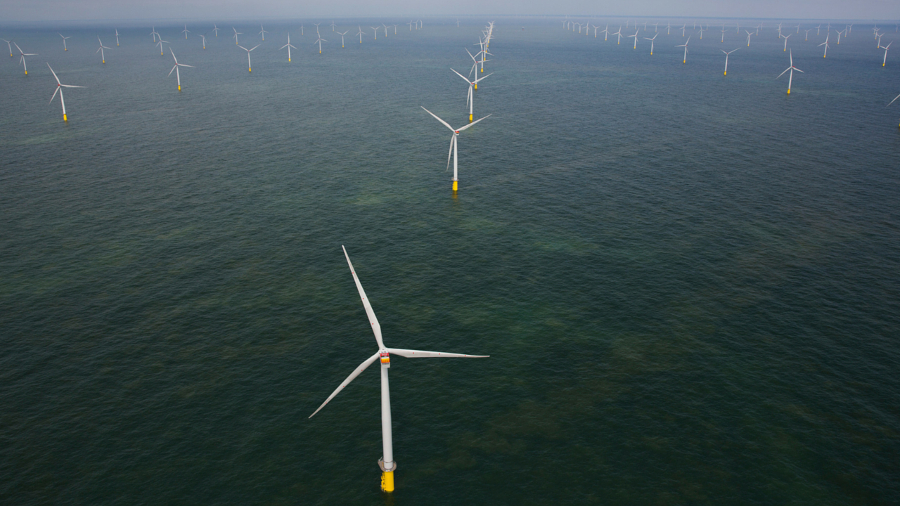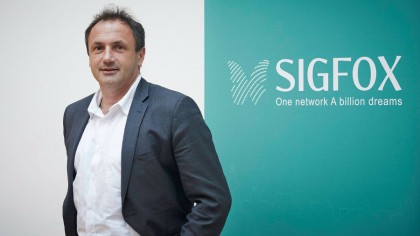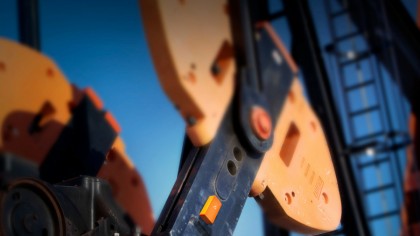A closer look at SigFox: Supercharging the smart city and beyond
The 12 byte message tech that could be revolutionary

The reach of the Internet of Things (IoT) knows no bounds, but as we shift towards a scenario where every device is online, the technology begins to blur.
In theory, it sounds like a great idea to get wind turbines, smart bins, oil pumps and electricity meters online, and in doing so add a 'smart' dimension to buildings, grids, streets, hospitals, agriculture and factories. Having all of these devices (and more) capable of sending back information on their whereabouts and their status is what the Industrial Internet of Things (IIoT) is all about.
However, Wi-Fi and Bluetooth won't work over large areas of cities and countryside, while using the mobile phone network means big batteries and big bandwidth. The former is impractical and the latter not required.
What we need is a low energy, narrow bandwidth technology that will let millions upon millions of devices occasionally send small packets of data to a central server. In the search for a long low-range radio communication solution, French startup SigFox has been getting the big players of the Internet of Things very excited.

What is SigFox for?
In the IIoT, cellular networks cannot always be relied on. If a sensor or device is away from electricity, cellular radios are far too power-hungry to be efficient – the regular maintenance needed on hundreds or thousands of devices spread over huge areas would be ridiculous.
The answer is a low-power mesh technology, and it's one from French startup SigFox that's catching the industry's attention. An ultra-narrowband technology that promises lower cost, two-way transmission of small packets of data, SigFox is perfect for connecting devices in different locations and across vast areas. SigFox's radio frequency (RF) network provides ranges greater than cellular networks, but with a very low power requirement.

How significant is SigFox?
"We are very excited about SigFox – they get it," says Nav Dhunay, CEO and founder of Ambyint, an IIoT solution for optimising oil production. "The solution they are implementing is exactly what the industrial space needs. To make wireless sensors truly wireless we need them to be autonomously powered, such as by battery or solar," says Dhunay. "As a result the overall power consumption of the sensor must be minimised – cellular networks are ubiquitous and easy to work with, but the cellular radios have a significant power requirement."
Are you a pro? Subscribe to our newsletter
Sign up to the TechRadar Pro newsletter to get all the top news, opinion, features and guidance your business needs to succeed!
Some think that SigFox is potentially a huge deal for the smart city. "The idea that we can create devices that use standard radio bands to communicate without intervention means we can think on a much bigger scale than indoors, or over managed areas," says Mike Crooks, head of Mubaloo Innovation Lab. "We're already seeing how these deployments can make a massive difference, such as in the case of Bigbelly, who are using a similar platform to deliver many services via their smart bins in many major cities across the world."

Bigbelly's solar-powered smart bins, which intermittently compress their contents then alert the authorities when they need emptying, are now widely used by city councils across Europe and North America.
However, the technology is not just limited to smart cities. "Remote sensors can benefit from this technology, too," says Crooks. "For example, think of the information we could gather from wind farms, tidal energy generation, or any other remote deployment." The same goes for machinery in remote plants, any kind of corporate assets, and any mobile equipment.
Jamie is a freelance tech, travel and space journalist based in the UK. He’s been writing regularly for Techradar since it was launched in 2008 and also writes regularly for Forbes, The Telegraph, the South China Morning Post, Sky & Telescope and the Sky At Night magazine as well as other Future titles T3, Digital Camera World, All About Space and Space.com. He also edits two of his own websites, TravGear.com and WhenIsTheNextEclipse.com that reflect his obsession with travel gear and solar eclipse travel. He is the author of A Stargazing Program For Beginners (Springer, 2015),
